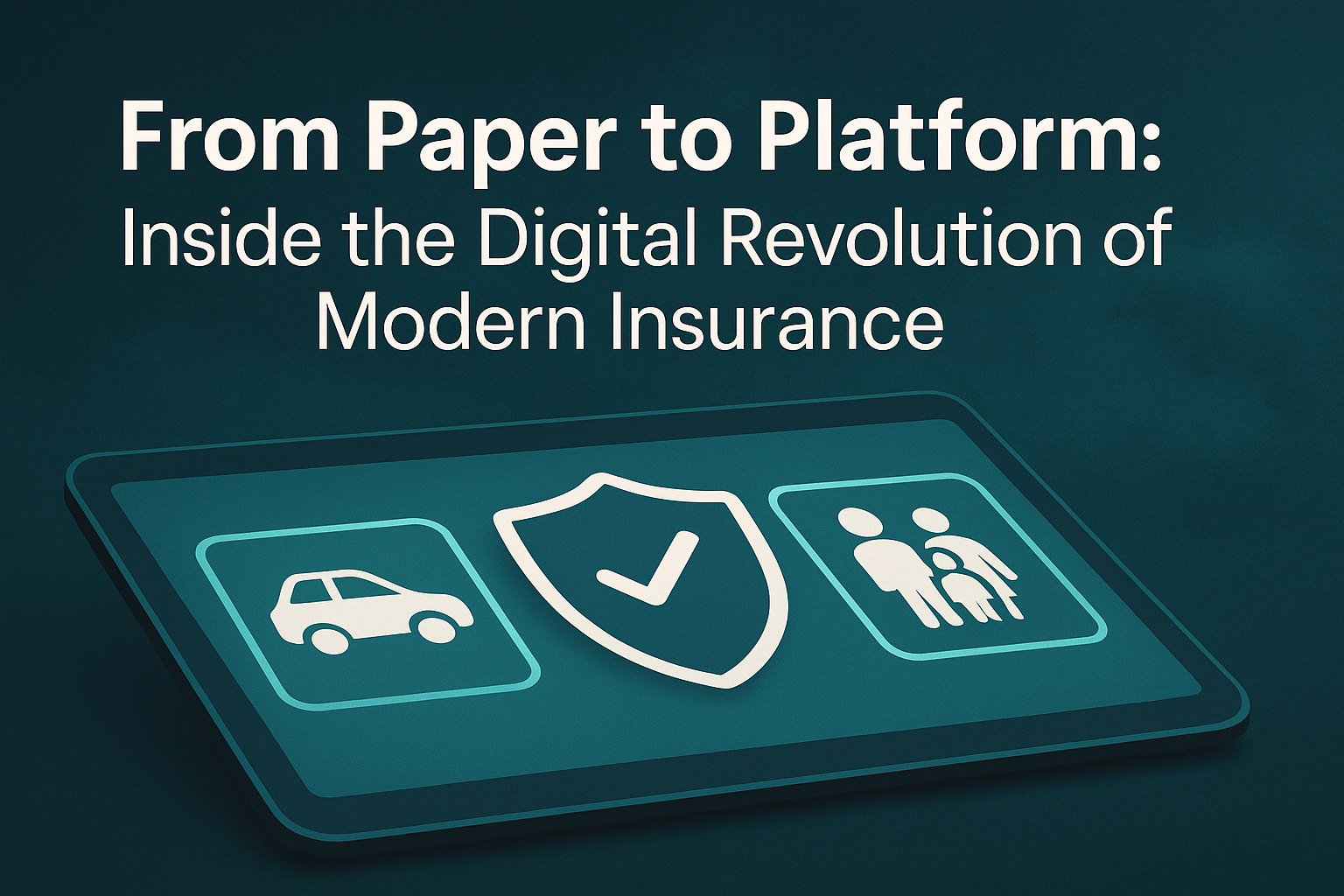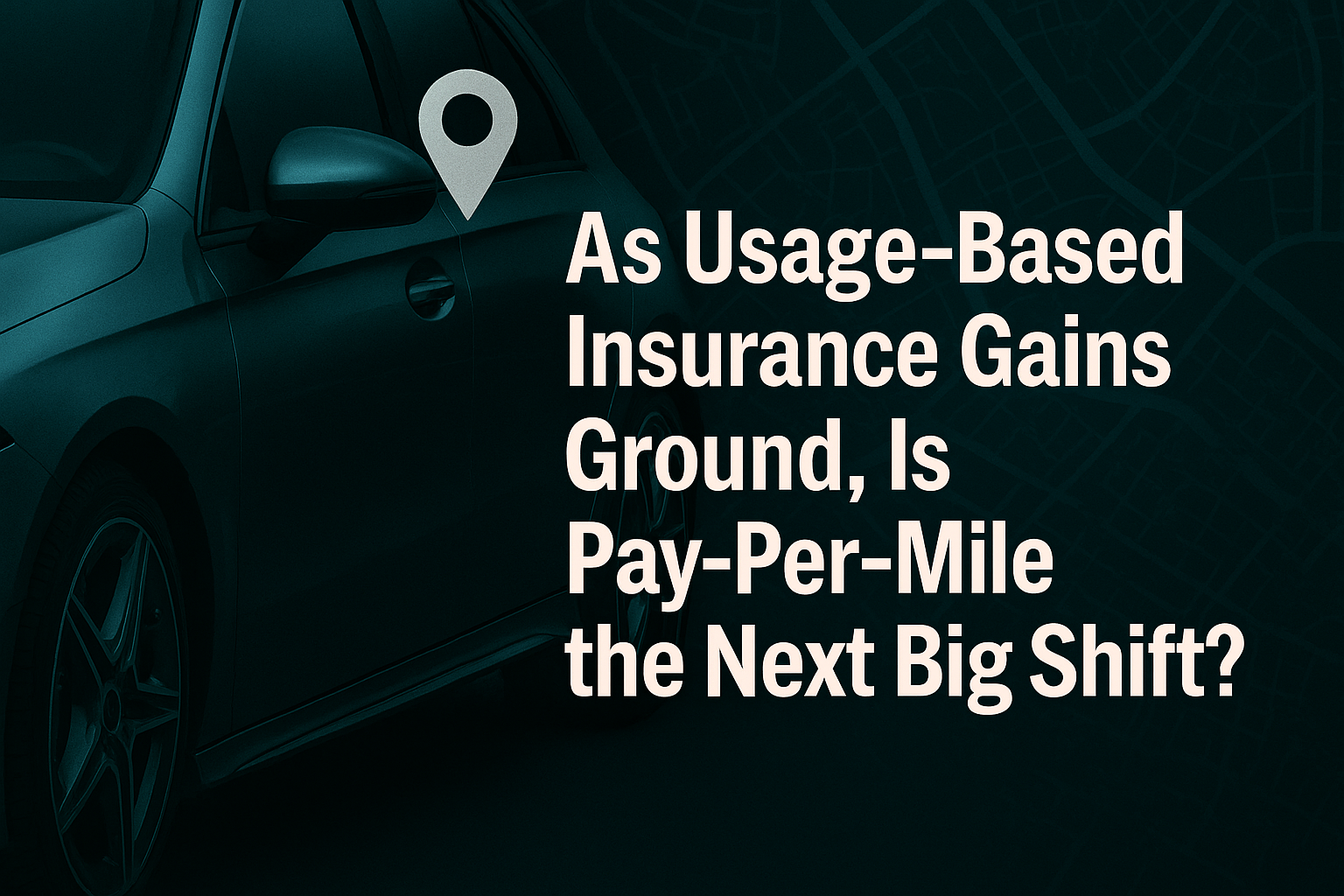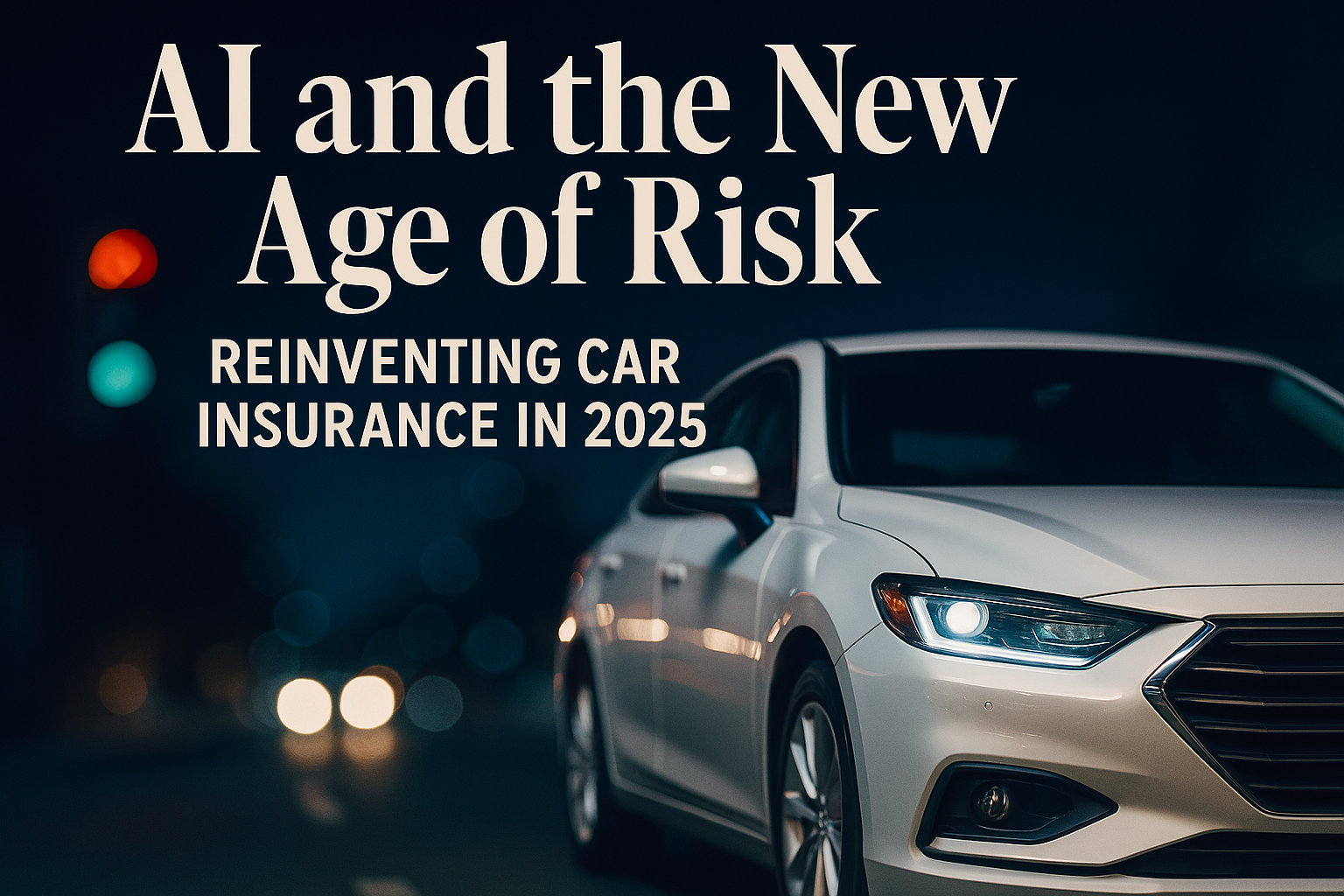The auto insurance business is going through a big change in 2025, and it’s all happening on your phone. Digital-first insurers are changing an industry that used to be full of paperwork, call centers, and complicated fine print.
These tech-savvy insurance companies are changing the way coverage looks and how quickly it can be delivered, thanks to data, automation, and smooth user experiences.
⸻
1. What are insurers that are “digital first”?
Digital-first insurers are companies that do most or all of their business online. They use apps, AI, and automation to make insurance products that are faster and more flexible. They get rid of the old systems and office costs that traditional insurers have to deal with in favor of:
• Quotes and approvals in real time
• Filing claims through an app
• Pricing based on usage or behavior
• Clear dashboards for customers to control and manage their policy
Think of them as the Spotify of insurance: easy to use, tailored to you, and all digital.
⸻
2. Who’s in charge of the change?
Several new companies are making waves. For example,
• Root Insurance and Metromile were the first to offer usage-based auto policies that tracked cars with smartphones.
• Lemonade uses AI bots to approve claims in less than three minutes.
• Next Insurance and Zego are offering on-demand car insurance to gig drivers and freelancers.
To keep up, legacy carriers like Progressive, GEICO, and State Farm are spending a lot of money on digital transformation. They are making their own mobile-first platforms and AI tools.
⸻
3. Why People Are Changing
Drivers now expect their insurance companies to be just as fast as food delivery and banking. Digital-first providers meet that expectation by offering:
• Quicker service: No waiting on the phone or filling out forms
• Lower rates: Less overhead, more work done
• Customized prices: Based on how you drive, not just your ZIP code
• Better UX: Apps that are easy to use and have support in real time
A recent study by McKinsey found that 61% of Gen Z and Millennials would rather manage their insurance online. This is what is driving the change in market demand.
⸻
4. AI, telematics, and automation are the engines.
Smart technology runs everything behind the scenes. For example,
• AI handles claims processing, fraud detection, and chatbot support
• Telematics keeps track of speed, mileage, braking, and location.
• APIs let insurers talk to repair shops, banks, and DMV databases in real time.
This speeds up claims, makes prices more fair, and makes risk assessments more accurate, which is good for both customers and businesses.
—
5. What This Means for the Future
Digital-first insurance isn’t just a nice thing to have; it’s becoming the norm. As old insurance companies modernize and new ones grow, the market is coming together around a few main ideas:
• Everything should be mobile-first
• Personalization should happen in real time
• Efficiency should be based on data
Agents and paper policies won’t go away overnight, but by 2025, they will be old-fashioned.
⸻
Final Thoughts: You Can Click on the Future
Code, not clipboards, is changing the auto insurance business from the ground up. Digital-first insurers are showing that when technology and openness come together, insurance gets smarter, cheaper, and faster.
This gives drivers more power. It’s a race for insurers to go digital or get left behind.









Leave a Reply